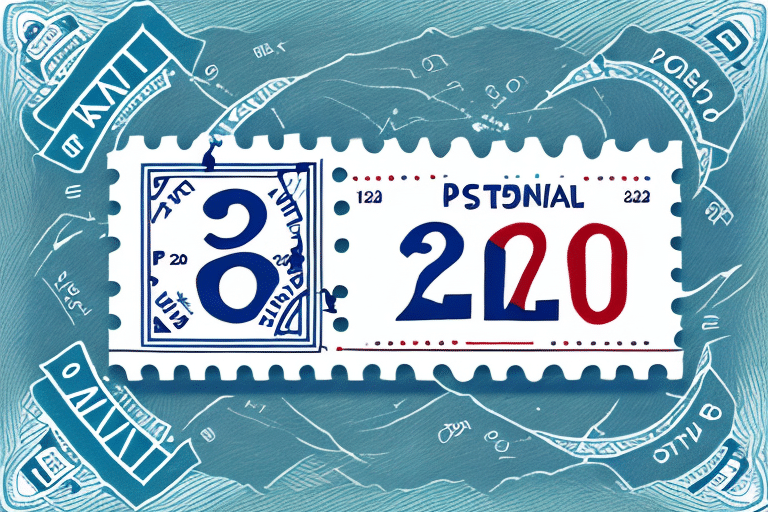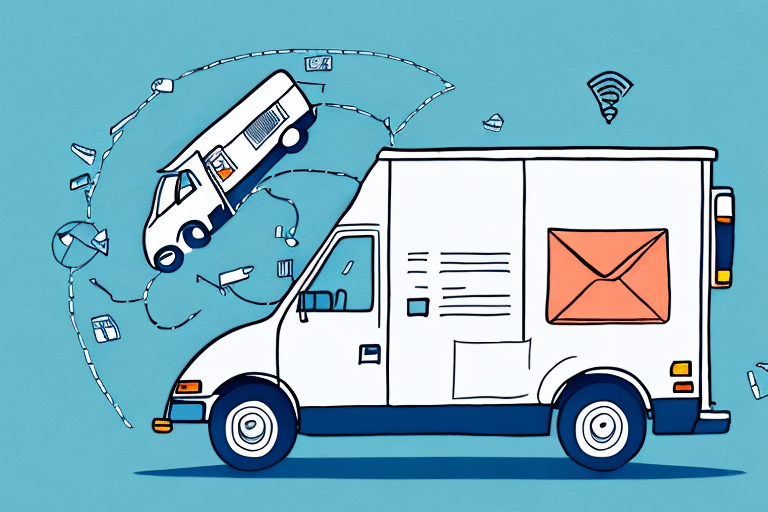Reasons Behind the USPS Rate Increase in 2023
The United States Postal Service (USPS) announced a rate increase in 2023 following persistent financial challenges. Declining mail volumes and rising operational costs have placed significant strain on USPS's finances. The COVID-19 pandemic further exacerbated these issues by disrupting supply chains and increasing expenses related to safety measures and employee overtime.
According to the USPS Board of Governors, the rate increase is projected to generate approximately $43 billion in additional revenue over the next decade. This revenue is aimed at addressing the USPS's debt, investing in new technologies such as electric delivery vehicles, and expanding service offerings to meet evolving consumer demands.
However, the decision has faced criticism from businesses and consumers alike. Small businesses, which rely heavily on affordable shipping options, fear increased costs could hinder their competitiveness. Consumers, particularly those in rural areas, are concerned about higher prices for mail and package delivery.
Impact on Businesses, Consumers, and Non-Profit Organizations
Effects on Small Businesses and E-commerce
Small businesses and e-commerce retailers are among the hardest hit by the USPS rate increase. Affordable shipping is crucial for these businesses to remain competitive, and rising costs may lead to increased prices for goods and services. This could result in decreased sales and reduced profit margins.
Additionally, non-profit organizations that depend on economical mailing options for fundraising and outreach may find it more challenging to reach donors and achieve their financial goals.
Consumer Implications
For consumers, the rate hike could translate to higher costs for sending mail and packages. While the USPS has assured that Forever stamps for First-Class mail will remain unaffected, the increased rates for other services may impact the affordability of sending packages, especially for those in underserved areas.
Comparison with Other Shipping Carriers
Compared to private carriers like FedEx and UPS, USPS has traditionally offered more affordable shipping options, especially for small packages and letters. However, these carriers have also implemented their own rate increases in recent years. For instance, FedEx announced a 4.9% rate increase in January 2021, and UPS followed with a 4.5% increase in late 2020.
USPS is striving to remain competitive by introducing new services such as "Priority Mail Express 1-Day," which guarantees overnight delivery to most U.S. locations. Furthermore, the extensive network of over 31,000 post offices and 300,000 drop-off locations provides USPS with a logistical advantage in terms of accessibility and convenience.
USPS's Investment Plans with Increased Revenue
With the anticipated revenue from the rate increase, USPS plans to invest in several key areas:
- New Technology: Investment in electric vehicles aims to reduce the carbon footprint and lower long-term operational costs.
- Expanded Delivery Options: Introducing same-day and Sunday delivery services to meet the growing demand for faster shipping.
- Enhanced Services: Developing new services to facilitate easier access to USPS's network for businesses, potentially increasing efficiency and reliability.
Historical Context and Future Predictions
History of Rate Increases
The USPS has implemented rate increases multiple times over the past few decades in response to ongoing financial difficulties. While some rate hikes have led to reduced mail volumes, others had minimal impact. However, the organization's challenges are largely attributed to broader trends like declining mail usage rather than rate adjustments alone.
Future Rate Hikes
Looking ahead, the USPS is likely to encounter continued financial pressure due to persistent declines in mail volume and increasing competition from private carriers. Future rate adjustments may be necessary to ensure the organization's sustainability and ability to provide essential services nationwide.
Political Implications and Expert Opinions
Political Landscape
The rate increase coincides with a midterm election year, adding a political dimension to the USPS's financial decisions. The USPS has been a focal point in political debates, with discussions often centered around funding, operational autonomy, and the organization's role in national logistics.
Expert Perspectives
Opinions among experts are divided. Some advocate that the rate increase is essential for USPS's financial health and to prevent further decline. Others argue that the hike may disproportionately impact low-income and rural communities, raising concerns about equitable access to mail and package delivery services.
Alternatives to USPS and Preparing for the Rate Hike
Alternative Shipping Options
Businesses and consumers have several alternatives to USPS, including private carriers like FedEx, UPS, and digital delivery platforms. These alternatives offer various advantages, such as expedited shipping and specialized services, but often come at a higher cost compared to USPS.
Strategies for Businesses
To mitigate the impact of the rate increase, businesses should consider adjusting their pricing strategies to account for higher shipping costs. This may involve increasing product prices, renegotiating supplier contracts, or exploring more cost-effective shipping methods. Staying informed about industry trends and emerging shipping technologies can also help businesses adapt effectively.
Conclusion
The 2023 USPS rate increase presents significant challenges and opportunities for businesses, consumers, and non-profit organizations alike. While the additional revenue is poised to support critical investments in technology and service expansion, the immediate financial burden may affect various stakeholders differently. As the USPS navigates these changes, it remains a vital component of the national infrastructure, ensuring the delivery of goods and services across all communities. Businesses and consumers must adapt their strategies to accommodate the evolving landscape, balancing cost considerations with the need for reliable and accessible shipping options.








